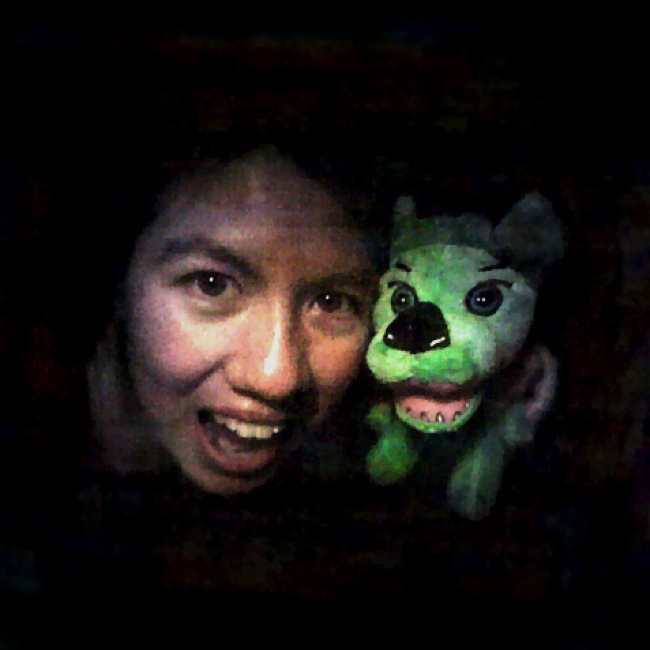
A Camera Without a Lens
It’s easy to think that cameras used for anything more complex than taking still images must be constructed from equally complex and expensive components, but that isn’t always the case. A team of researchers from the University of California, Berkeley set out to prove just that, creating a lensless camera that can create 3D images from a single 2D image.
Their camera, dubbed the DiffuserCam, uses relatively cheap and inexpensive hardware, but the software that brings it all together is fairly complex. In demonstrations, the team showed their camera is capable of reconstructing 3D pixels from a 1.3-megapixel image. For comparison, the iPhone 7 takes 12-megapixel photos.

“We made a concerted effort to keep the hardware extremely simple and inexpensive. Although the software is very complicated, it can also be easily replicated or distributed, allowing others to create this type of camera at home,” said Laura Waller, associate professor at the University of California, Berkeley, and lead researcher on the project, in a press release. Students in her lab found that they could use random bumps in materials like Scotch tape or plastic badge holders, along with compressed sensing, to improve on the capabilities of a simple camera without the loss of resolution caused by a micro-lens array.
“If we have better algorithms, could the carefully designed, expensive microlens arrays be replaced with a plastic surface with a random pattern such as a bumpy piece of plastic?” said Waller.
Improving Other Fields
Initially, the DiffuserCam will be used to observe microscopic neuron activity in live mice. The camera’s light weight and lack of lenses makes it possible to attach it to a transparent window within a mouse’s skull, so that researchers can match the animal’s behavior with what’s going on in the brain. Funded by the Defense Advanced Research Projects Agency’s Neural Engineering System Design program, the DiffuserCam is part of a much larger project that aims to create implanted neural interfaces that could correct for visual or hearing problems.
But the applications of this lensless camera aren’t just in the brain. Waller explained that the camera could also be used in self-driving vehicles, enabling them to use recorded 3D information to get a better sense of the scale of their environment. Machine learning could also benefit from using the camera to detect people and faces, as well as identify and categorize objects without human input.
The lensless camera may also have additional uses in the medical field. According to Waller, using the DiffuserCam to watch neuron activity in mice could lead to a better understanding of sensory perception, which could be used to diagnose and treat memory-altering diseases like Alzheimer’s or other mental disorders.
“This is a very powerful direction for imaging, but requires designers with optical and physics expertise as well as computational knowledge,” said Waller in the press release.
To get a better idea of what other fields will need when it comes to imaging technology, Waller’s Berkeley Center for Computational Imaging is training scientists to improve their computational imaging knowledge. These scientists will also meet with various bioengineers, physicists, and electrical engineers to share ideas, which may ultimately see more fields utilizing hardware like the DiffuserCam.